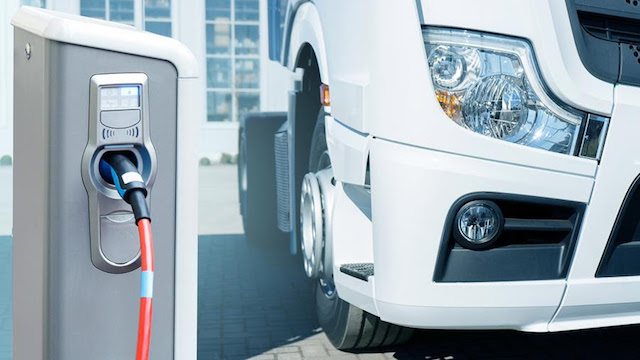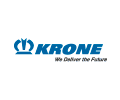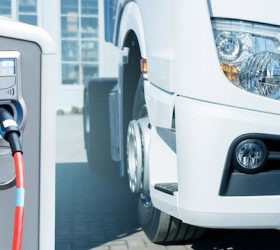The International Road Transport Union has welcomed the provisional agreement reached between the European Council, Commission and Parliament on the alternative fuels infrastructure regulation (AFIR).
 While the deal falls short on the level of ambition called for by the IRU, it does increase the investment commitment of Member States.
While the deal falls short on the level of ambition called for by the IRU, it does increase the investment commitment of Member States.
The AFIR deal includes several key chapters regarding the development of alternative fuels infrastructure for battery-electric and hydrogen fuel cell vehicles on the trans-European transport (TEN-T) network, in safe and secure parking areas, in urban nodes, as well as information on the availability of the network.
Electric charging
According to the deal, electric charging infrastructure dedicated to heavy-duty vehicles (HDVs) must be deployed every 120km on 15% of the entire length of the TEN-T network by the end of 2025. After 2025, the distance will be reduced to 60km on the core and 100km on the comprehensive network.
The IRU has welcomed the increase in the target for 2027 from 40%, as initially proposed by the Council, to 50%, as well as the unequivocal 100% target for 2030.
IRU EU Advocacy Director Raluca Marian said: “The 15% target for electric charging infrastructure in 2025 means an incomplete coverage, which will not serve its purpose.
“What we can conclude is that the legislators are committed to supporting the material electrification of the EU’s HDV fleet from 2030. Then we can talk about the possibility of a serious uptake of electric vehicles, particularly for medium- and long-haul operations.”
“An additional complication is that the charging infrastructure is useless without enough power to ensure continuous operations. Unfortunately, the electricity grid component of the equation is not solved in the AFIR,” she added.
The deal sets an earlier deadline for the deployment of electric charging infrastructure in safe and secure truck parking areas, 2027 compared to 2030, as originally proposed by the European Commission.
“It is good to see a high level of ambition for electric charging infrastructure in secure parking areas. This will become more meaningful if the number of EU parking places increases. Unfortunately, we do not see positive signs on Member State commitment to support the revision of the TEN-T rules,” highlighted Raluca Marian.
On a more favourable note, electric power output requirements per urban node were increased, but the precise application of this requirement remains vague.
Hydrogen refuelling
The European Parliament’s proposal to set the deadline for the deployment of hydrogen refuelling infrastructure to the end of 2027 was lost during the negotiations. Instead, Member States will only be ready to roll out hydrogen refuelling infrastructure by 2030, based on a plan to be prepared in 2027.
“IRU had urged for the deployment date of electric charging and hydrogen refuelling infrastructure to be as closely aligned as possible to provide options to the industry. Unfortunately, we see it as a missed opportunity,” said Raluca Marian.
Availability of information
IRU is pleased to see that the European Commission will set up an EU database by 2027, containing helpful information on availability, waiting times and prices. Transport operators must have easy access to this information when planning their respective operations.
“We understand that the agreement reached is the best that could be achieved given the reluctance by Member States to commit their budgets. We remain grateful to the European Parliament’s rapporteur for his efforts. We hope Member States will now deliver on the little they have committed,” concluded Raluca Marian.


.gif?rand=5095)










